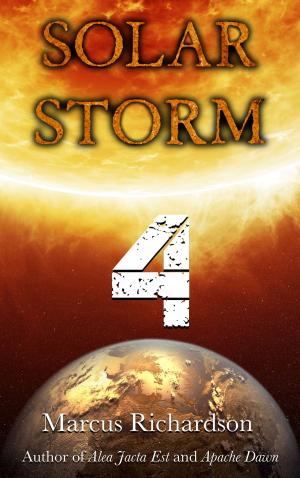| Author: | Lorem J. Fause | ISBN: | 9781466194717 |
| Publisher: | Jerome Francis Lusa | Publication: | January 22, 2012 |
| Imprint: | Smashwords Edition | Language: | English |
| Author: | Lorem J. Fause |
| ISBN: | 9781466194717 |
| Publisher: | Jerome Francis Lusa |
| Publication: | January 22, 2012 |
| Imprint: | Smashwords Edition |
| Language: | English |
This story is an homage to red-tailed hawks, a majestic bird of prey that has of late flourished in the presence of human development. My interest in red-tails started during my late teens and early twenties when I commuted to and from a local university while living at my parents house. I would see them perched on telephone poles along rural road, and soaring on the thermal currents over fields. After reading “Birds of Prey” by Leslie Brown, I started looking for red-tails in other places. I saw the tracks of their wings in the snow as they pounced after a squirrel. My brother and I scaled 60 foot oak trees to watch the growth of a baby red-tail from a downy puff of feathers to a fledgling, high in its eyrie.
I make no apologies for the story's anthropomorphic slant. Unlike my "The Deer Story", where the first person narrative purposefully conveys an understanding of an intelligent and social animal, here it is merely a convenience. Hawks are far less a social animal than deer, and are seemingly much less intelligent. I do not make the bold claims about hawks that I have made about deer. Hopefully this story remains truthful to the nature of the hawk, aside from the telling in the first person.
This story is an homage to red-tailed hawks, a majestic bird of prey that has of late flourished in the presence of human development. My interest in red-tails started during my late teens and early twenties when I commuted to and from a local university while living at my parents house. I would see them perched on telephone poles along rural road, and soaring on the thermal currents over fields. After reading “Birds of Prey” by Leslie Brown, I started looking for red-tails in other places. I saw the tracks of their wings in the snow as they pounced after a squirrel. My brother and I scaled 60 foot oak trees to watch the growth of a baby red-tail from a downy puff of feathers to a fledgling, high in its eyrie.
I make no apologies for the story's anthropomorphic slant. Unlike my "The Deer Story", where the first person narrative purposefully conveys an understanding of an intelligent and social animal, here it is merely a convenience. Hawks are far less a social animal than deer, and are seemingly much less intelligent. I do not make the bold claims about hawks that I have made about deer. Hopefully this story remains truthful to the nature of the hawk, aside from the telling in the first person.















